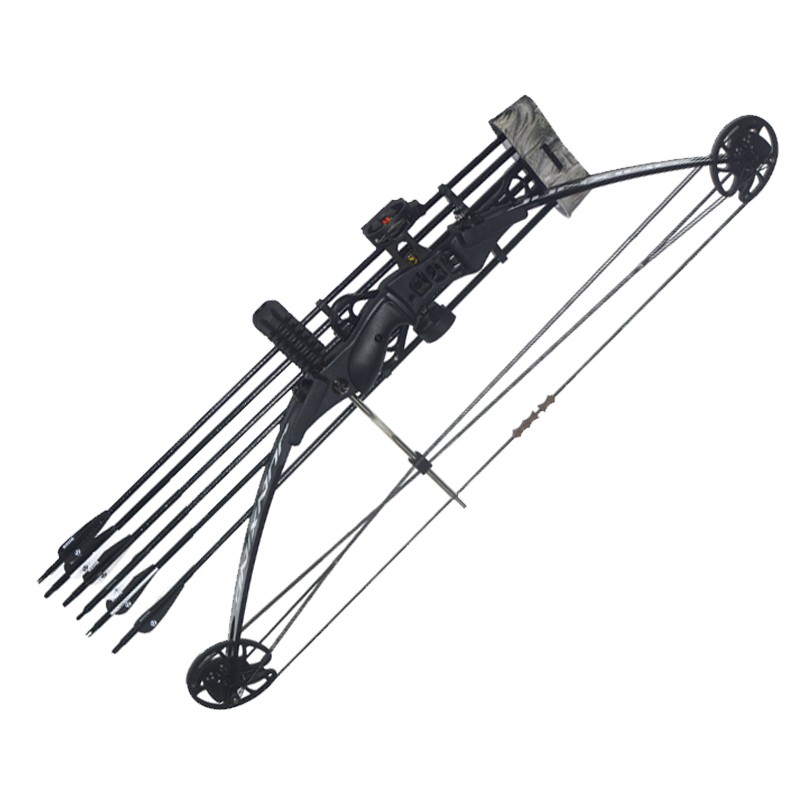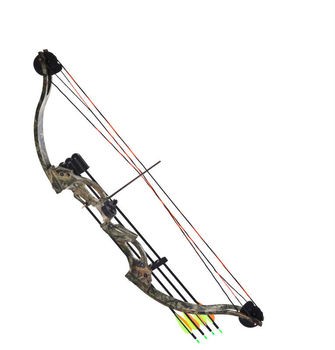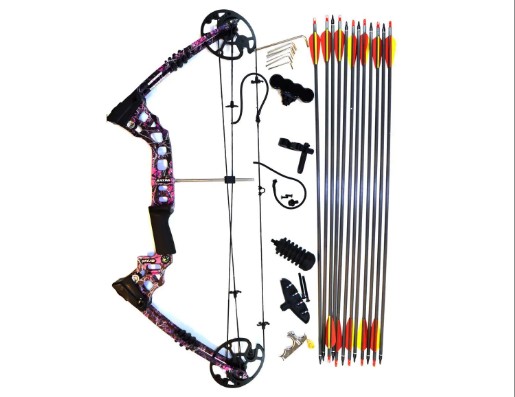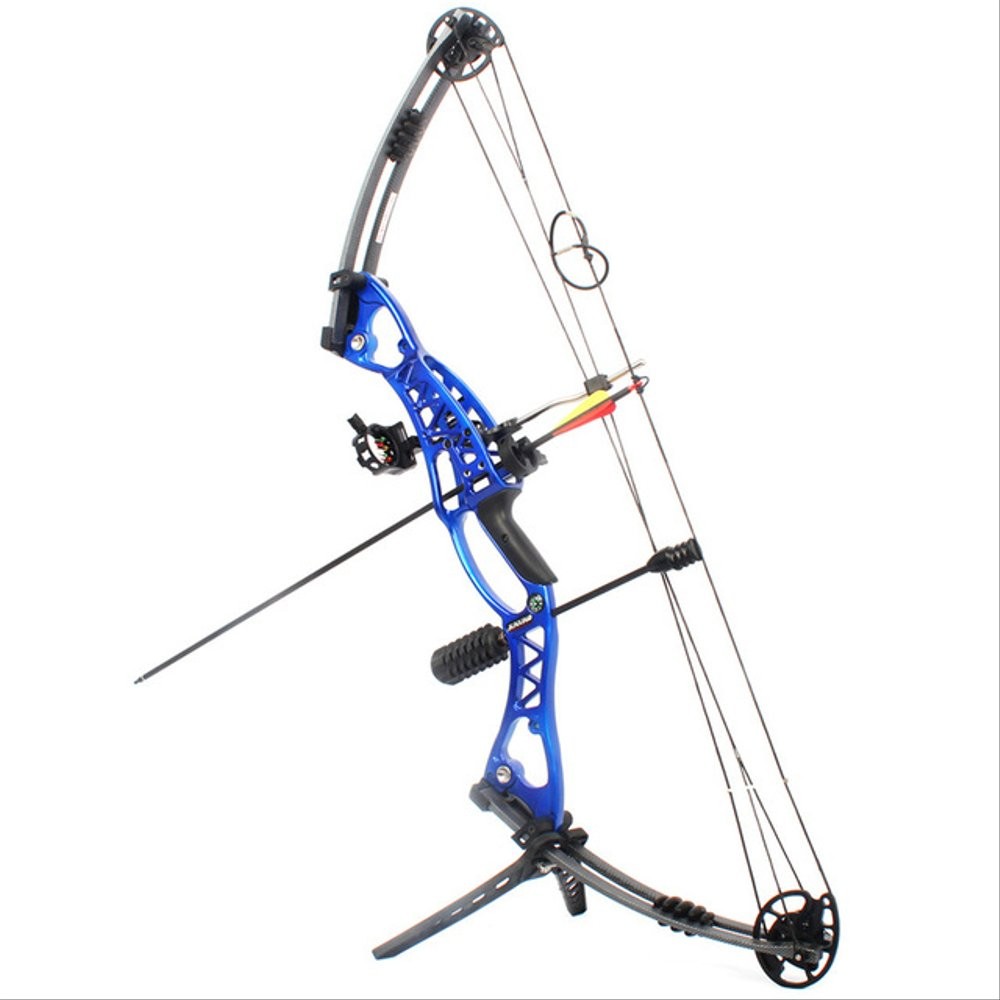When you’re shopping for a new bow, choosing the right one can seem daunting. There are so many different types, sizes, and brands to choose from. How can you possibly know which one is right for you? In this beginner’s guide to junxing a C1 bow, we will walk you through the basics of selecting the perfect bow for your needs. By following our advice, you will have no trouble finding the perfect bow for your shooting style and level of experience.

For a beginner, junxing is a pretty daunting task. After all, it’s the process of joining two pieces of wood together so that they can form an archer’s bow. But don’t be afraid! With a bit of guidance, you can get started on this skill and help your archery game take off in style. In this beginner’s guide to junxing C1 bow, we will cover the basics of this skill and walk you through how to do it. From materials needed to choosing the right tool, we have everything you need to get started. So read on, and let us show you the ropes to becoming a skilled junxer! If you want to know more, please click here.

Junxing C1 is a type of archery that uses an eight-foot long bow. It’s similar to the traditional archery known as “recurve,” but with some key differences. Junxing C1 is designed for users who are just starting out, and it’s easier on your arm and shoulder than traditional recurve.
To start off, you'll need to get a bow and arrows. You can buy them online or at your local store. Make sure you get the right size bow for your height and weight - a little extra weight will make the shot more challenging, but too much weight will make it difficult to hold onto the bow.
Next, you'll need to learn how to string your bow. Do this by looping one end of the string around the middle of the bowstring and then pulling it tight. Repeat on the other side. Do not over-strung your bow - if it's too tight, it'll be hard to pull back and release the arrow.
Now that you've got everything set up, it's time to learn how to shoot Junxing C1! Holding your bow in one hand with the fingers tucked under the grip, draw back until you feel resistance from the arrow (the "stern" end). Hold onto this tension as you slowly release your finger from under the grip, allowing the arrow to fly forward (the "fletching"

If you have been interested in learning how to use a Junxing C1 bow, this beginner’s guide will help you get started. The Junxing C1 bow is a great starter bow for those who are new to archery. It is easy to use, and has a forgiving nature.
To start, you will need to gather the necessary supplies. You will need an archery target, an arm guard, an arrow rest, and an arrow. Next, find a comfortable stance and draw your bowstring back until it is tensioned. Then release the string and aim your arrow at the center of the archery target.

If you’re looking for an introduction to the sport of archery, the Junxing C1 bow is a great option. This beginner-friendly bow has a few key features that make it easy to get started.
The Junxing C1 bow is made from high-quality materials, so it’s strong and durable. It also has a compact design, making it easy to store and transport.
To use this bow, first remove the string from the bowstring launcher. Then, pull back on the string until it tightens against the launcher. Be sure to keep your fingers close to the strings to avoid accidents. To learn more about junxing c1, you can click here.
Once you have the bow ready, aim and release the arrow by pressing down on the arrow release button. You can shoot arrows at different targets or practice your aiming skills in an archery range.
There are many sights that are popular with junxing c1 bow shooters. One of the most common sights is a riser mounted sight, such as the Red Dot Sight by Novak. There are also archer’s eyepieces available that offer a variety of distances and angles. The upside to these types of sights is that they are relatively easy to use, but some people may find them less than visually appealing. Some other popular sights include simple crosshairs or dots, which can be mounted on the bow itself or on an arrow rest.
There are a number of sights that can be used with a junxing c1 bow. The most popular option is the crosshair sight, which is a small circle on the front of the bow that shows where the arrow will hit when drawn. Other options include a standard scope and an aiming point system.
Each sight has its own advantages and disadvantages. For example, the crosshair sight is popular because it's easy to use and can be mounted on either side of the bow. However, it can be difficult to accurately aim if you're not used to using one. An aiming point system, on the other hand, offers more precision but takes more time to set up.
When using a junxing c1 bow, it is important to be aware of the potential safety concerns. First and foremost, always keep an eye on your target, as accidents can happen quickly when using this type of bow. Additionally, make sure that your arrows are correctly fitted and aligned before shooting. Finally, be aware of the limitations of this type of bow and take appropriate precautions when shooting.
When using a junxing c1 bow, it is important to be aware of potential safety risks. The bow can contain sharp edges that may cut or injure someone if it is not handled properly. Additionally, the string can be dangerous if it is caught in something while in use. Finally, the archer must be aware of their surroundings when using this type of bow, as it is easy to miss things when shooting arrows in close quarters. To learn more, click here!
If you're new to the world of archery, and would like to start shooting compound bows but don't know where to start, this guide is for you! In this article, we'll take a look at the different types of bows and how Junxing C1 works. After reading this guide, you'll have a better understanding of what makes a good compound bow, as well as an idea on where to start your search for the perfect one.
Related Products
Copyright © 2017 - 2024PATH TO PERFECTION WITH JUNXING BOWS All Rights Reserved